Overcoming Creative Block

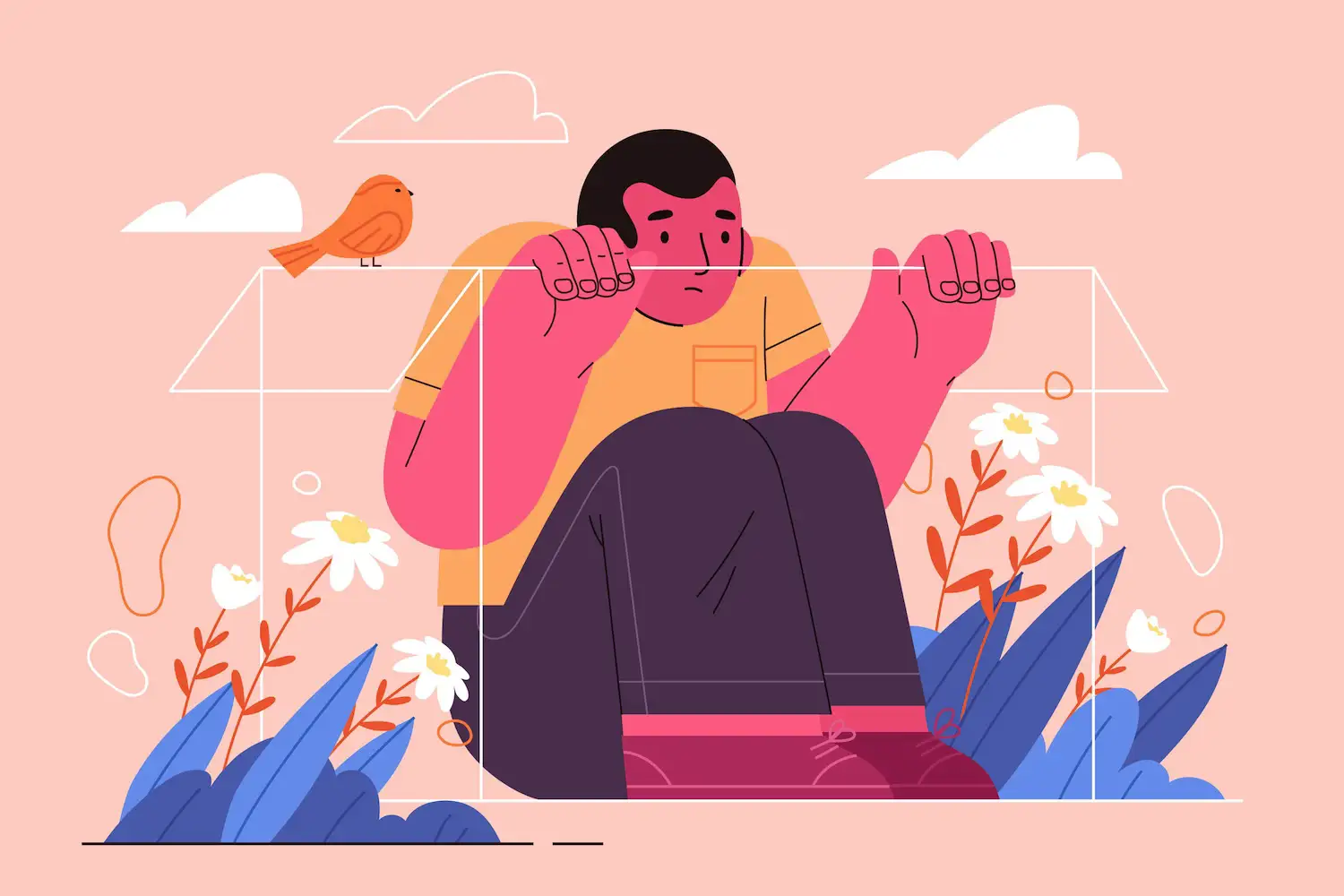
If you’re a designer, you’ve likely encountered a creative block, a challenge shared by most creative individuals. While some might suggest simply pushing through, the reality is more complex. Forcing yourself to move forward can be tough and may make the block worse, leading to more frustration and even greater creative obstacles.
Creative block can be paralyzing, particularly for those whose work relies on constant innovation and productivity. The creative process depends on inspiration and concentration, and creative blocks can disrupt this flow. It’s a frustrating issue, and in this post, we’ll explore the science behind creative blocks and provide actionable advice for creatives dealing with this challenge.
Understanding Creative Block

The Impact of Stress and Anxiety on Creativity
Anxiety, which is closely related to stress, can lead to excessive overthinking and a fear of negative judgment. This limits the free exploration of ideas and discourages creative risk-taking. Together, these physiological and psychological responses can narrow one’s cognitive perspective, impede the ability to think divergently, and reduce the capacity for innovative thought.
Recognizing the Indicators of Creative Block
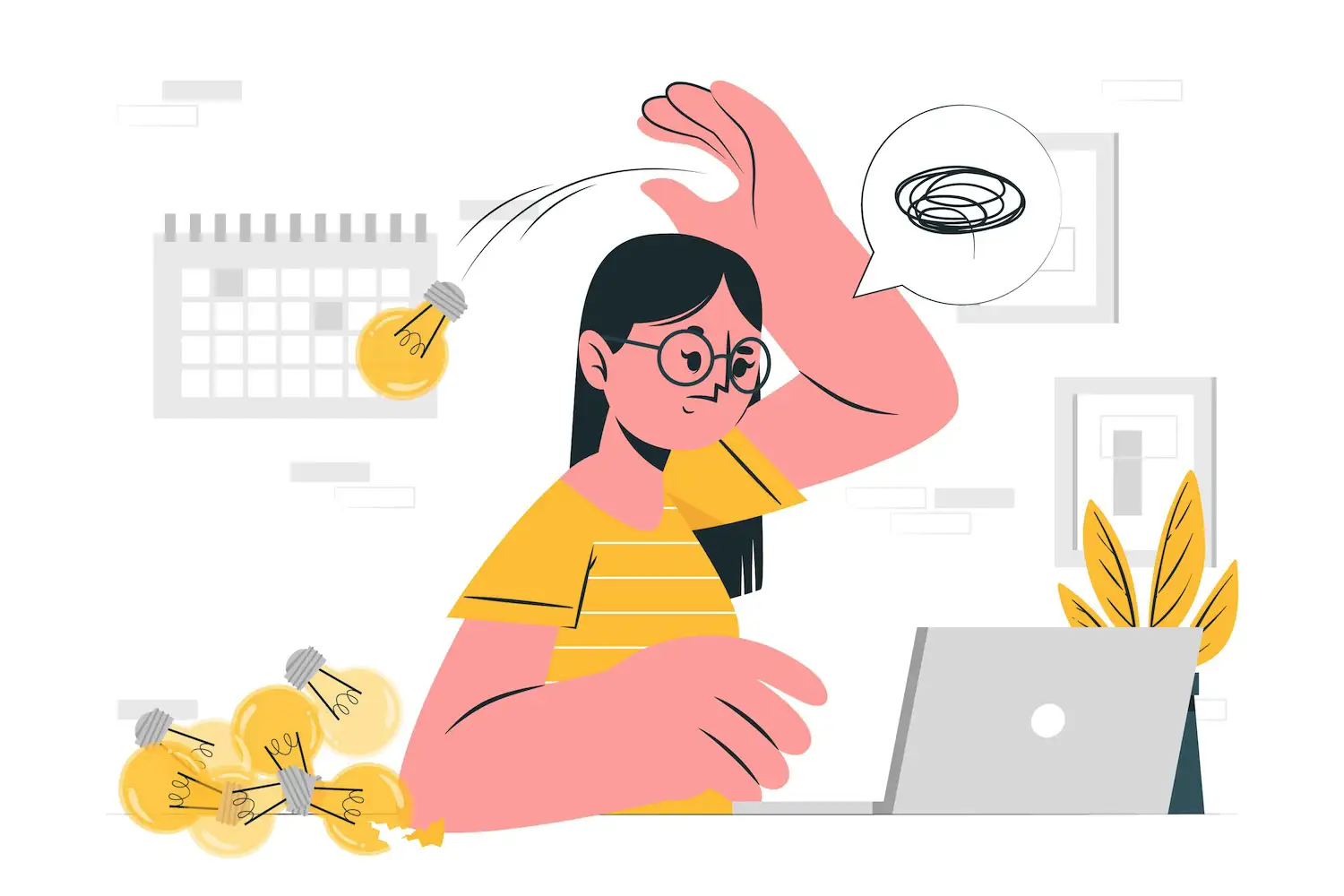
The initial step in conquering creative block is being able to identify its signs. This creative obstacle is multifaceted and can appear in several forms. Let’s examine the physical, emotional, and behavioural symptoms that serve as signals of creative block.
Physical Indicators
Creative blocks can take a toll on your body, resulting in feelings of exhaustion, restlessness, and sometimes even headaches. The mental strain of battling a creative block can leave you physically drained.
Emotional Indicators
Emotionally, creative blocks often lead to frustration, self-doubt, and a pervasive lack of motivation. You might find yourself questioning your abilities and the quality of your work.
Behavioral Indicators
Behaviorally, creative block can lead to a cycle of procrastination, avoidance, and inconsistent work patterns. You might struggle to initiate creative tasks or find yourself constantly avoiding them. Recognizing these indicators is the first step toward implementing strategies to overcome creative block.
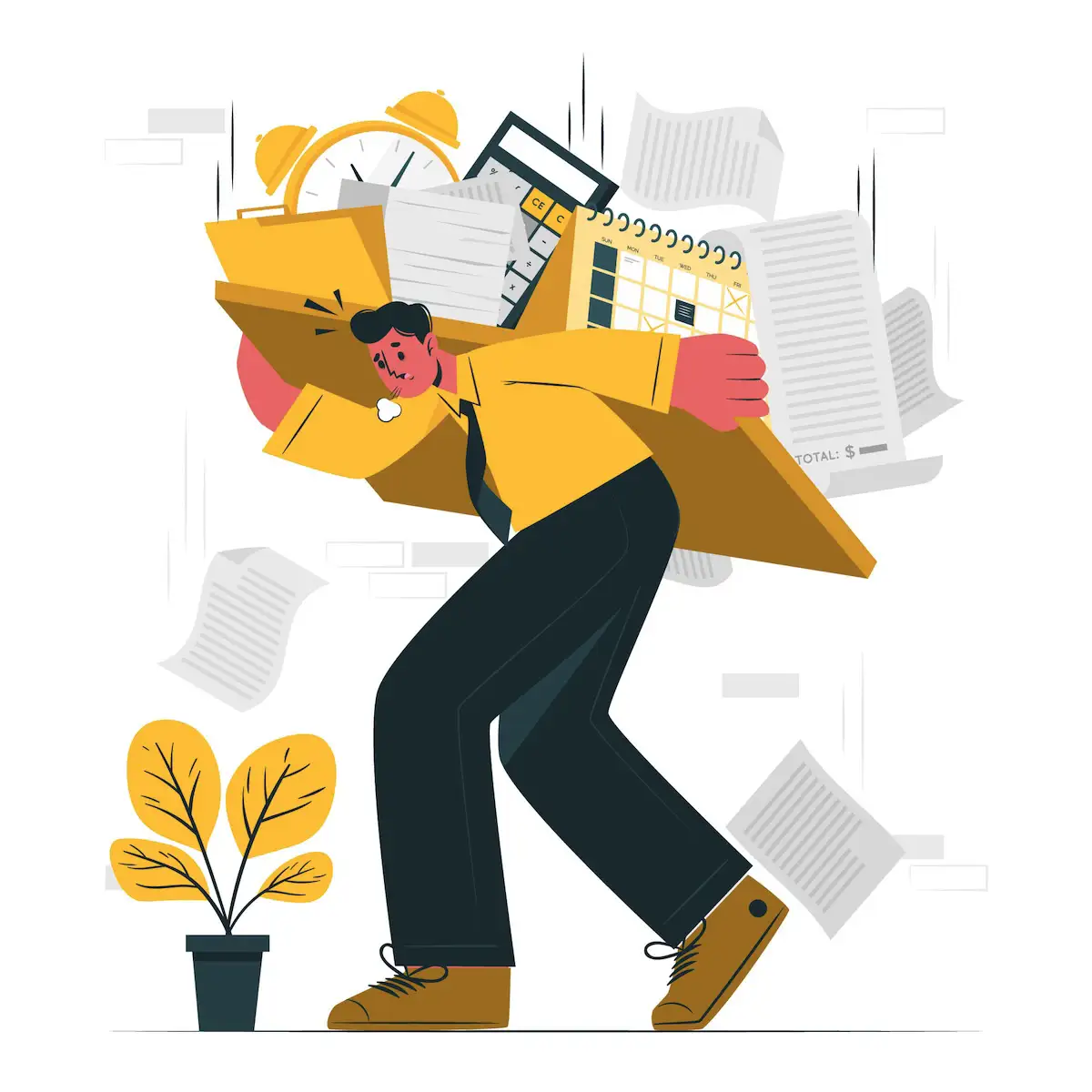
Overcoming Creative Block
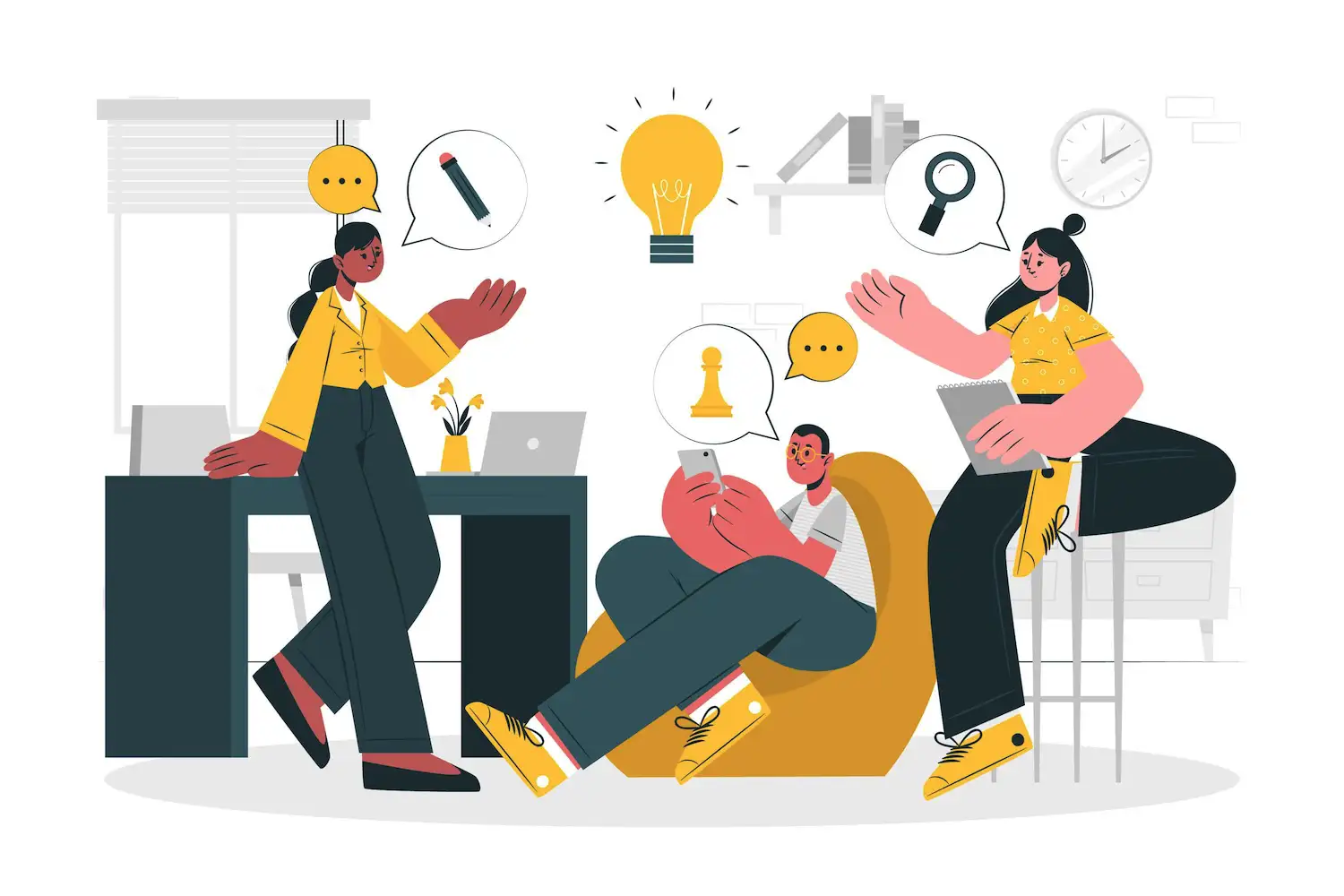
Brainstorming, Seeking Feedback, and Mind Mapping
● Effective brainstorming encourages the free flow of new ideas without immediate judgment, fostering an environment for exploring unconventional thoughts.
● Mind mapping, a visual technique that represents ideas hierarchically, helps visualize relationships between ideas and promotes holistic thinking, revealing potential avenues of exploration that linear thought processes may overlook. These techniques stimulate cognitive flexibility to break through creative barriers.
Physical Activity and Movement
● Exercise invigorates the brain, enhances cognitive functions, and fosters creativity. Regular physical activity, even in small increments like a brisk walk, a yoga session, or a gym visit, can stimulate the mind and relieve stress, promoting innovative design ideas.
Changing the Environment
● Altering your work environment, whether through subtle changes in your workspace or by traveling to a new location, exposes the brain to fresh sensory inputs and experiences, disrupting habitual thought patterns and fostering the formation of new neural connections.
● Diverse environments evoke different emotional and psychological responses, further promoting creative thinking by offering a fresh perspective and reinvigorating stifled creative faculties.
Meditation and Mindfulness Practices
● Mindfulness and meditation provide a respite from the pressures of modern life, quelling anxiety and stress for creative professionals. They create a tranquil space for introspection and enhance well-being, opening pathways to creativity.
Routine and Discipline
● Establishing a routine with regular creative hours can enhance productivity. By allocating specific time slots for creativity, designers can cultivate a focused mindset and summon their creative energies at will, ensuring consistent idea flow.
The Benefits of Constraints
● Embracing constraints can spark innovation by forcing creatives to think creatively within defined parameters, leading to inventive solutions and designs.
Doing Something Passive
● Engaging in passive activities like reading, watching films, or daydreaming provides mental rest, allowing fresh ideas to flourish. This passive mode encourages the mind to wander freely, often leading to unexpected connections, creative insights, and a renewed perspective, which is valuable for interior designers seeking innovative design solutions.
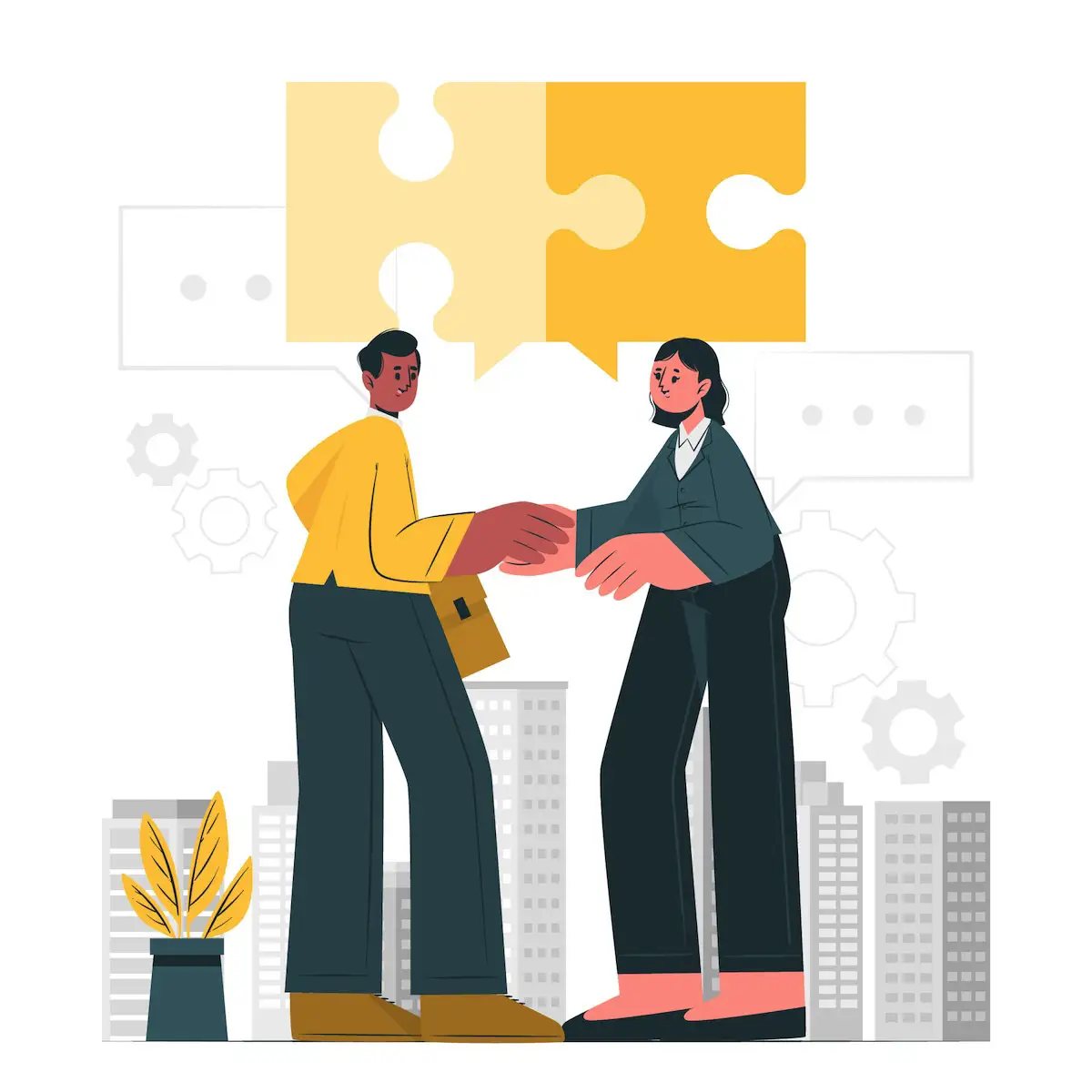
Learning From Creative Block

Recognizing that creative block is a natural part of the creative process allows designers to approach it with patience and grace. Just like the natural ebb and flow of tides, creativity has its seasons of abundance and moments of reflection.
